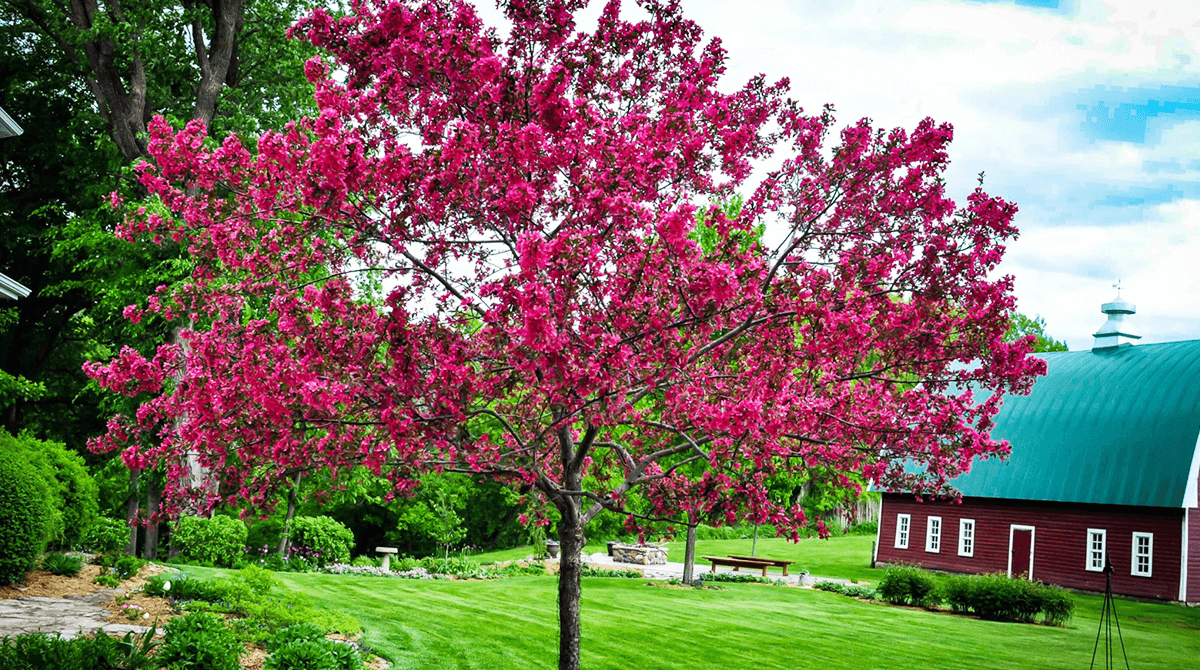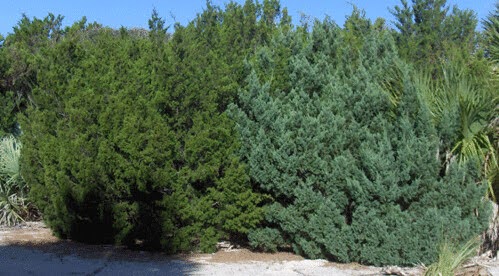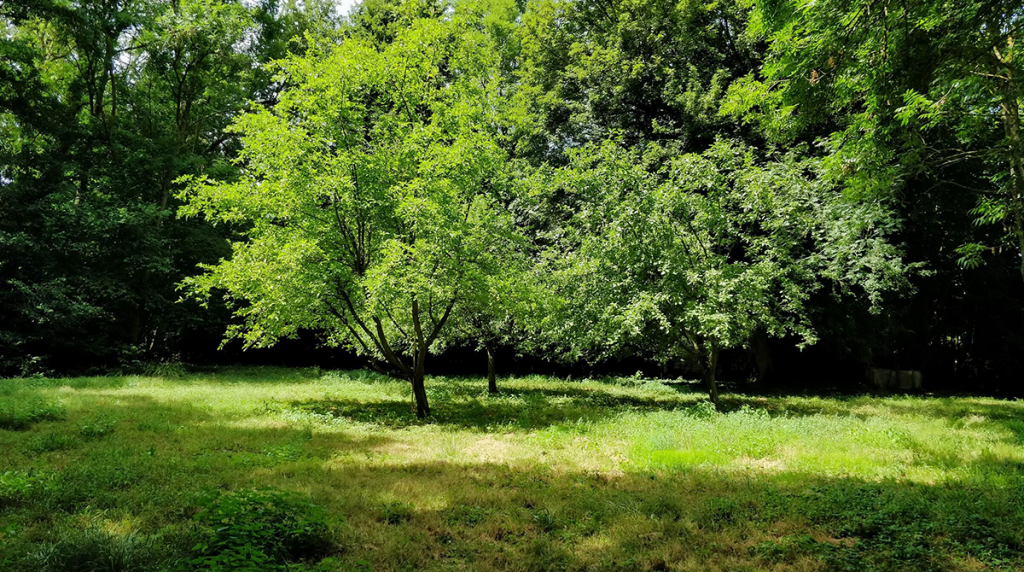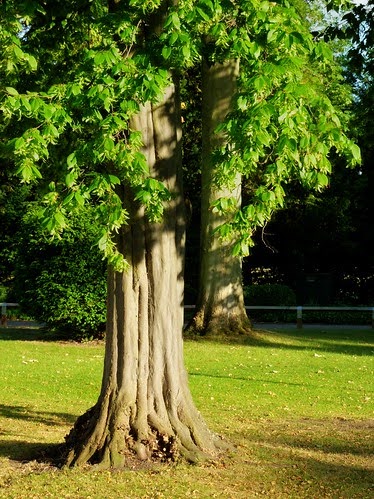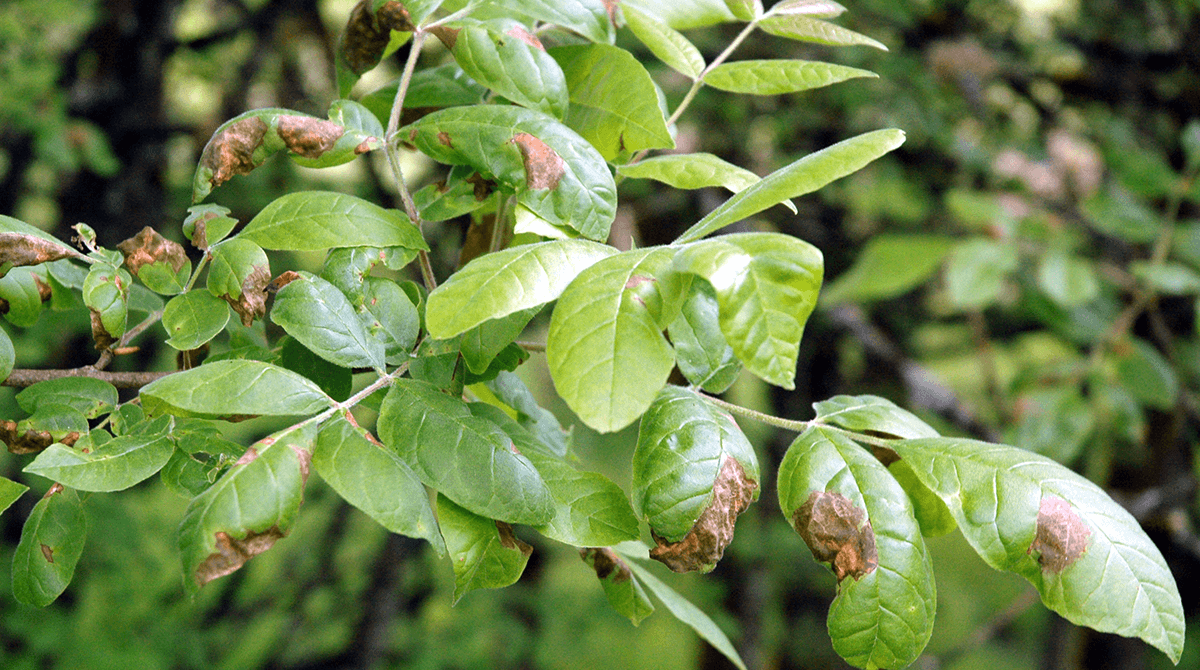
Anthracnose Hitting Ash Trees Hard
Date April 07, 2021
Category
Do your Ash trees have a fungus problem? Recent reports in some parts of the United States of Ash trees being hit hard by Anthracnose Diseases, a group of diseases that cause lesions on leaves, branches, and fruit. These diseases have been known to infect our trees and shrubs in North Texas, so here’s what you need to know about Anthracnose Diseases and what to be looking for in case your trees get sick.
What is Anthracnose?
Anthracnose isn’t just one disease. It’s a group of diseases that infect a wide variety of plants, including trees and shrubs. Their effects are generally cosmetic, but they can cause severe damage to some trees. Ash trees are among the trees more likely to be infected by Anthracnose Diseases. Other susceptible trees are Maple, Oak, Azalea, and Sycamore trees. These tree diseases are specific to the tree they infect. So the Anthracnose disease that affects your Ash tree won’t spread to your Oaktree or infect your Maple. Anthracnose over-winters in fallen leaves and other debris, then re-infects the host tree in the spring. If left untreated, it will weaken the tree and eventually kill it or make it vulnerable to attacks by other more dangerous diseases, pests, or damage.
Ash Anthracnose (gnomoniella fraxini) is a fungus that infects Ash trees in the spring.
Like other Anthracnose, it’s caused by spores produced from the fruiting bodies that over-winter in the tree’s diseased debris. At the same time your Ash trees bud in the spring, the spores are produced and released into the air, re-infecting the host tree and finding other nearby trees to infect as well. Once the disease finds a host, it will spread rapidly through it.
What are the symptoms?
Now that it’s spring, you’ll want to watch for potential symptoms of Anthracnose Diseases, which thrive in damp, calm, and warm conditions. The most common symptoms from this group of diseases are irregular black, brown, or tan blotches on the foliage and deformed leaves that pull or curl around the lesion. It can also cause early leaf drop or complete defoliation in some cases. Although early leaf drop can be worrisome, it isn’t generally considered a significant problem until a tree has lost 25 percent of its leaves.
How can I prevent Anthracnose?
There are Anthracnose fungicide treatments that can be applied before the disease attacks a tree. Once a tree is infected, all that can be done is to stop the fungus from spreading by using a fungicide treatment. If left untreated, Anthracnose will continue to infect new foliage while weather conditions allow.
A healthy tree is less likely to get sick or die from diseases and insect infestation or be fatally damaged during weather events. The best thing you can do for your tree is to ensure it has proper nutrition. A lack of food in your soil could make your tree vulnerable to Anthracnose. If you think your tree might be at risk, contact a certified arborist. Our TreeNewal ISA Certified Arborists are available to visit your property for an assessment. We’ll work with you to create a customized solution to revitalize your soil and optimize your trees’ health. We highly recommend our unique soil care blend developed with products proven to increase your tree’s growth and vitality. Our time-tested blend is a natural soil conditioner with a root hair growth stimulator designed to boost your tree’s ability to absorb nutrients and develop a deeper, stronger root system, bark, and canopy. Call us today for an appointment.
What do I do if I think my tree has Anthracnose?
The most effective way to control Anthracnose is to trim away any heavily infected branches and gather up dead leaves and other plant material in the fall. Be sure to properly dispose of any debris so that there is no source for the spores to grow and re-infect the tree or spread to other trees in the spring. Unfortunately, there is no way to fully protect your trees from spores blown in from infected trees elsewhere, except to make sure your tree is as healthy as possible. If your tree is healthy and does become infected, it is likely to produce a second crop of leaves and recover even if it loses its leaves. Some tree cultivars are more disease resistant if you have the option of choosing one of those when planting. Any time you think your tree might be sick or need immediate tree services, you should call a professional tree care provider for help.
TreeNewal’s ISA Certified Arborists can help.
If you think your tree might be sick or dying from disease, fungus, pests, or any other reason, our tree care experts at TreeNewal are available to help you. We have ISA Certified Arborists on staff and a team of highly trained and qualified tree care professionals. We offer expert tree care services such as tree pruning, pest and disease management, soil conditioning, root aeration, and much more. Our tree surgeons can also help with tree trimming and tree removal. We are equipped to safely dispose of any infected trees, branches, or stumps. For more information or to set up an appointment, go to our website at treenewal.com or call us at tel:(817) 592-6846.
To learn more about Anthracnose Hitting Ash Trees Hard, call our Argyle and Southlake-based teams
at tel:(817) 592-6846 or send us a message.
We’re a little different than the average tree services company.
Learn more about TreeNewal’s ISA Certified Arborists!
Our Dallas/Fort Worth-based tree doctors can explain how sustainable tree care services add more value to your bottom line.
Healthy trees, healthy lives.
